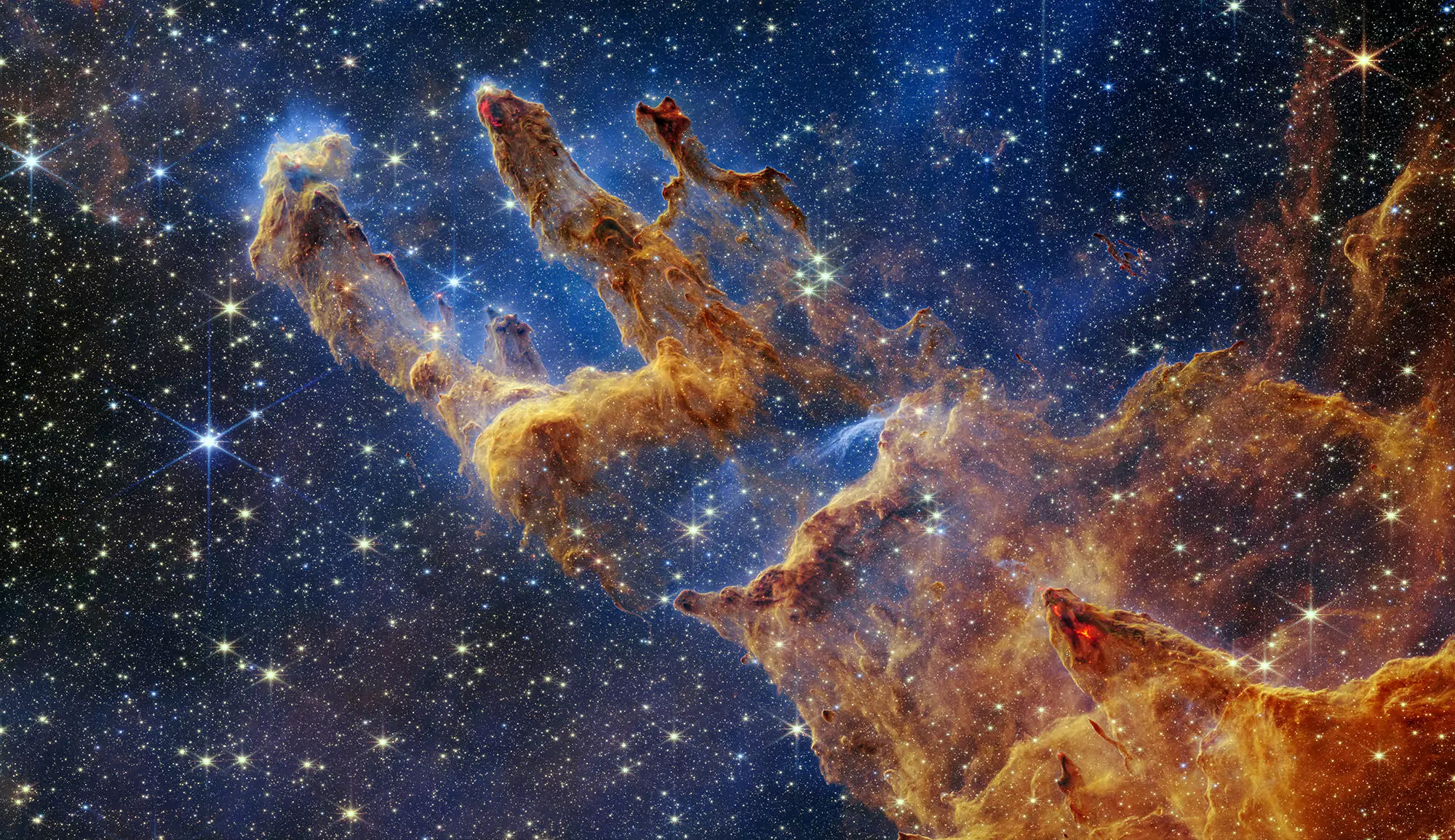The study of these first galaxies is extremely difficult. Even if their initial luminosity is high, viewed from the Earth they seem very weak and small. Moreover, this weak light falls most of the time into the infra-red part of the spectrum because its wavelength was redshifted by the expansion of the universe. In addition, at these early times, less than one billion years after the Big Bang, the Universe was not entirely transparent and a great part was filled of hydrogen fog which absorbs the UV light of the young galaxies. Indeed, the first galaxies do reionize the intergalactic space, and during this period, called the epoch of reionization, the Universe includes patches of ionized hydrogen in a continuum of opaque neutral hydrogen. In spite of these challenges, the new wide field camera on the Hubble Space Telescope discovered in 2009 several objects, candidates to be the most remote galaxies. The confirmation of the distances from such weak objects is an enormous challenge which can only be addressed by the spectroscopy on large ground-based telescopes, by measuring the redshift of the light of the galaxy. A Franco-British team, led by a researcher from Paris Observatory, made a special request to the director-general of ESO and obtained telescope time on the VLT to observe a candidate galaxy called UDFy-38135539 during 16 hours. After two months of very careful analysis and tests of their results, the team noted that they had clearly detected the very weak hydrogen line redshifted to z= 8.6, which makes this galaxy the most distant object ever confirmed by spectroscopy. A redshift z=8.6 corresponds to a galaxy seen just 600 million years after Big Bang.

The detection of this weak luminosity in Lyman-alpha shows that this galaxy is not sufficient to have reionized the Universe around it. There must be other galaxies, probably weaker, less massive and close to this galaxy, which also helped to make space transparent around it.

At the limit of capacity of the current telescopes, this type of scientific problems could be fully approached with the very large instruments of the future, i.e. the European Extremely Large Telescope (E-ELT), the James Webb Space Telescope (JWST), or the large millimetre interferometer ALMA (Atacama Large Millimeter Array).
